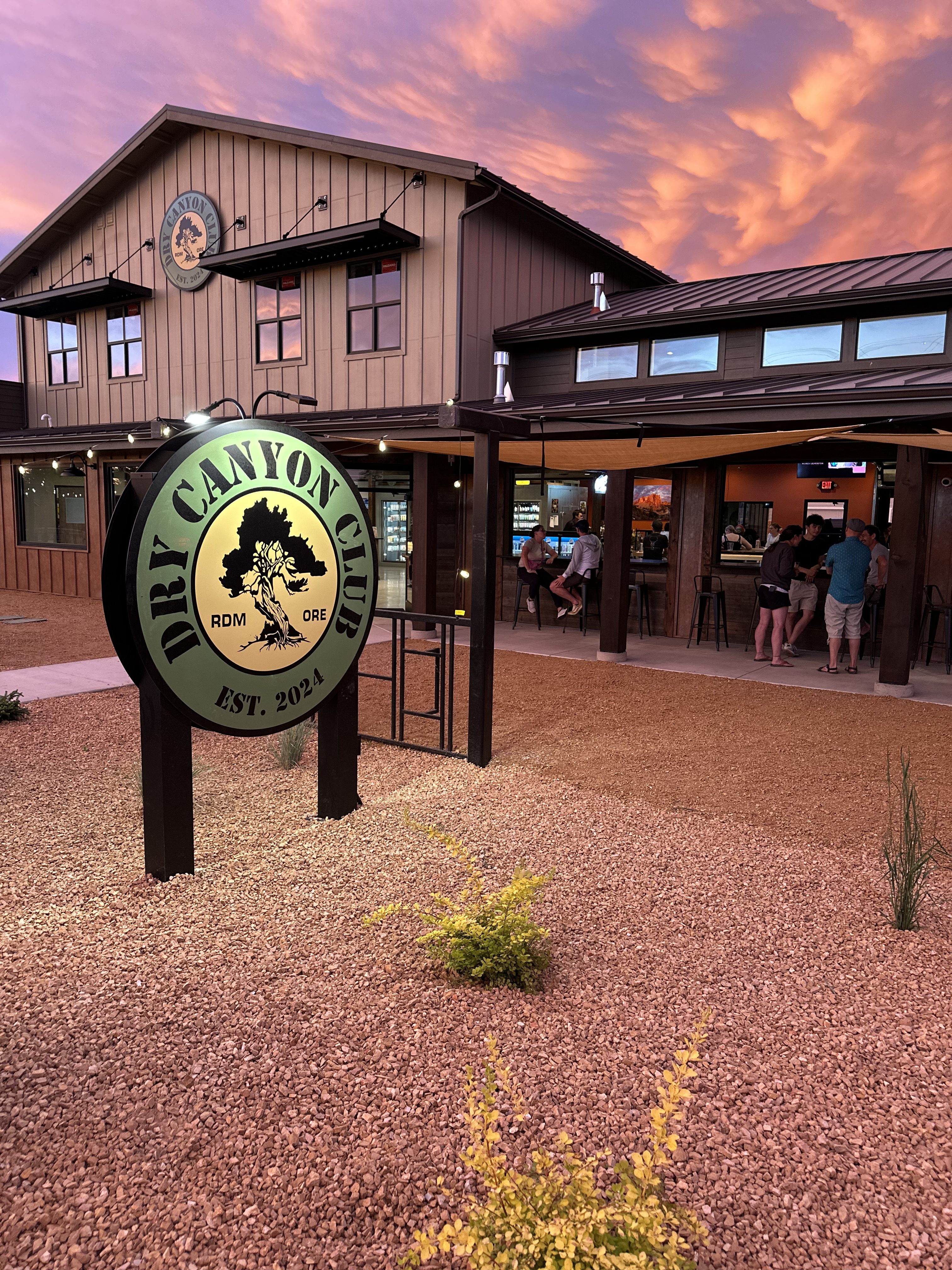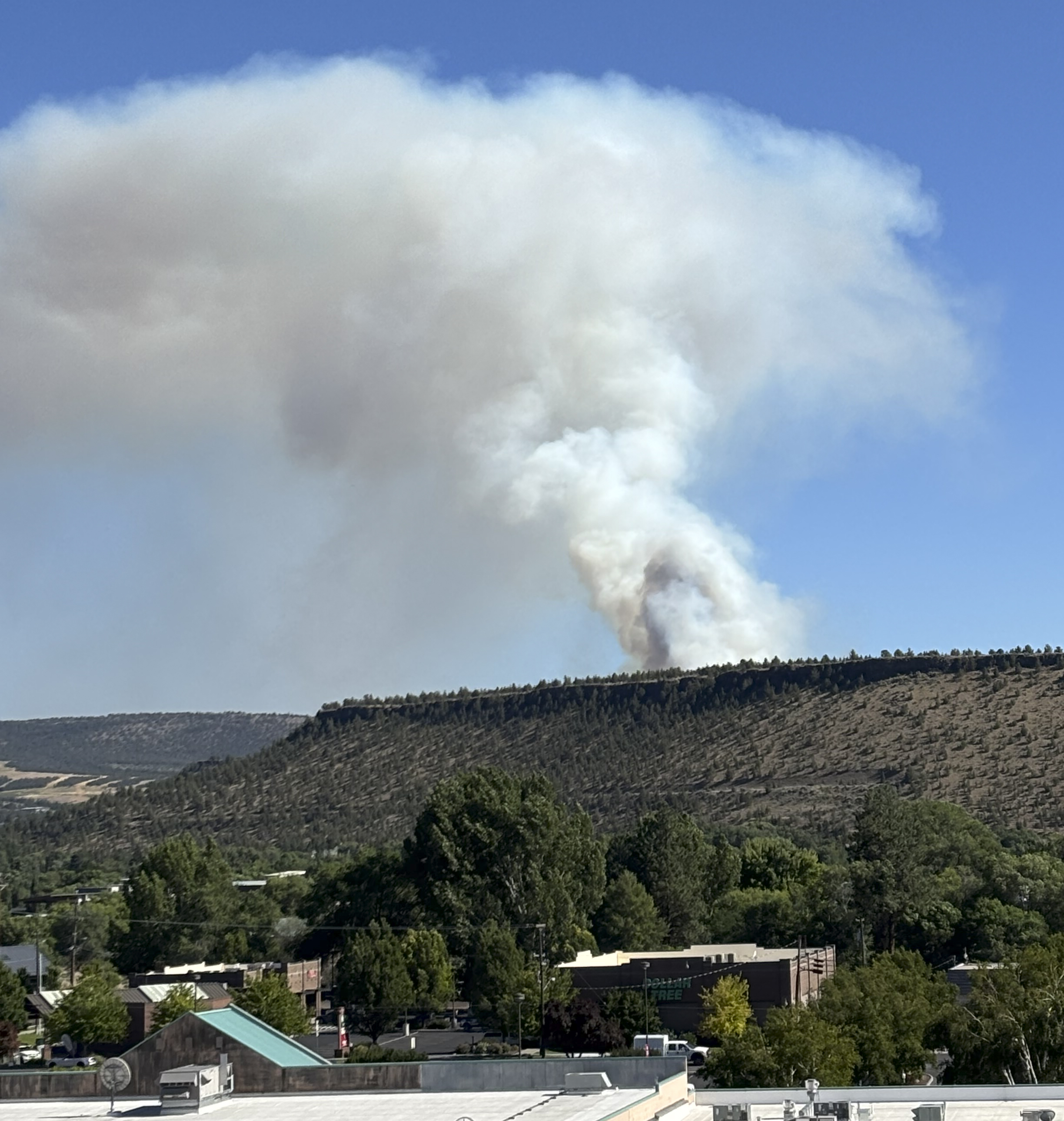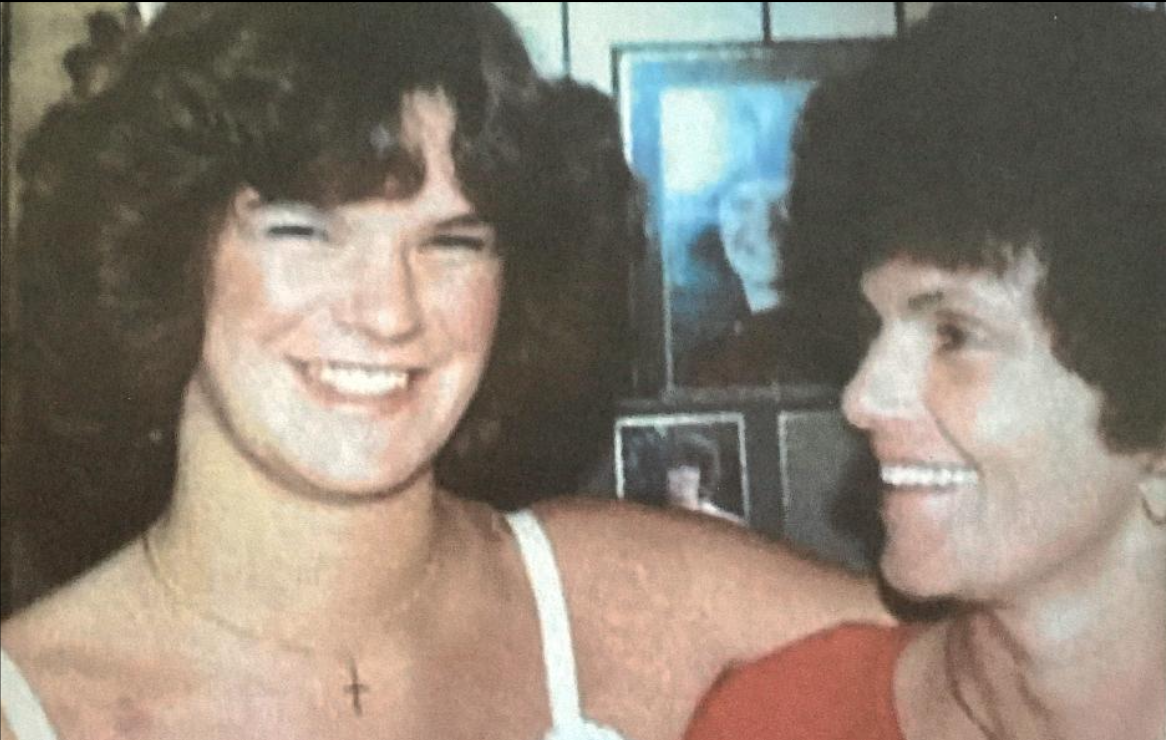Uber’s belated turn to safety
Published 5:32 pm Friday, December 13, 2019
This appeared in Saturday’s Washington Post.
Trending
– – –
Uber’s safety study begins with an assertion so bold it could be mistaken for a typo: The report is “the first comprehensive publication of its kind to be issued by a company.” Sadly, the ride-sharing platform is probably right.
Uber has long been plagued by headlines alleging sexual assault by its drivers – followed by more headlines that its leadership was ignoring the issue. A looming initial public offering, a fresh chief executive and persistent complaining from advocates eventually spurred reforms, from robust background screenings for drivers, to an in-app emergency button, to an automated “RideCheck” tool that can detect unexpected long stops, to the effort released this week revealing that roughly 3,000 sexual assaults were reported on U.S. rides last year.
Trending
Uber deserves accolades for furnishing the public with this wealth of information. The number 3,000 is big in isolation, but it looks far smaller next to the more than 1 billion rides chartered through Uber annually. It is also a difficult number to compare with the incidence of unwanted touching, kissing and rape or attempted rape in traditional transit, including taxis – because the data, by and large, does not exist in any standardized way. In fact, with the features Uber has introduced in response to criticism, its service could well be safer than taking a cab. The extent to which it’s not safe is certainly more transparent. Uber has made itself an outlier across industries in that regard: Other firms whose businesses bring humans face to face aren’t in the habit of tallying up just how often and just how badly things go awry.
Of course, these improvements took too long to arrive. Uber’s report says that “over the past 2 years, we’ve launched more safety features than we did in the previous 8 years combined.” This is a story of impressive progress. It’s also a story of almost a decade of neglect.
The tale is emblematic of much of the technology landscape today: Platforms make it easier for people to connect with other people, but that means they also make it easier for people to connect with bad people. Companies put a premium on exactly what attracts a consumer to an app such as Uber: the ease of an experience. “Friction” is a toxic word, and fixes are implemented only when the PR cost of inaction becomes too high to bear.
It’s thanks to technology that Uber can offer tools such as RideCheck, and it’s thanks to technology that Uber can encourage and collate complaints so effectively. Frictionless technology is also what makes it so important that companies on the cutting edge consider how they may exacerbate old harms and create new ones – before those harms are staring back out at them from newspapers’ front pages.
post-editorial-uber








